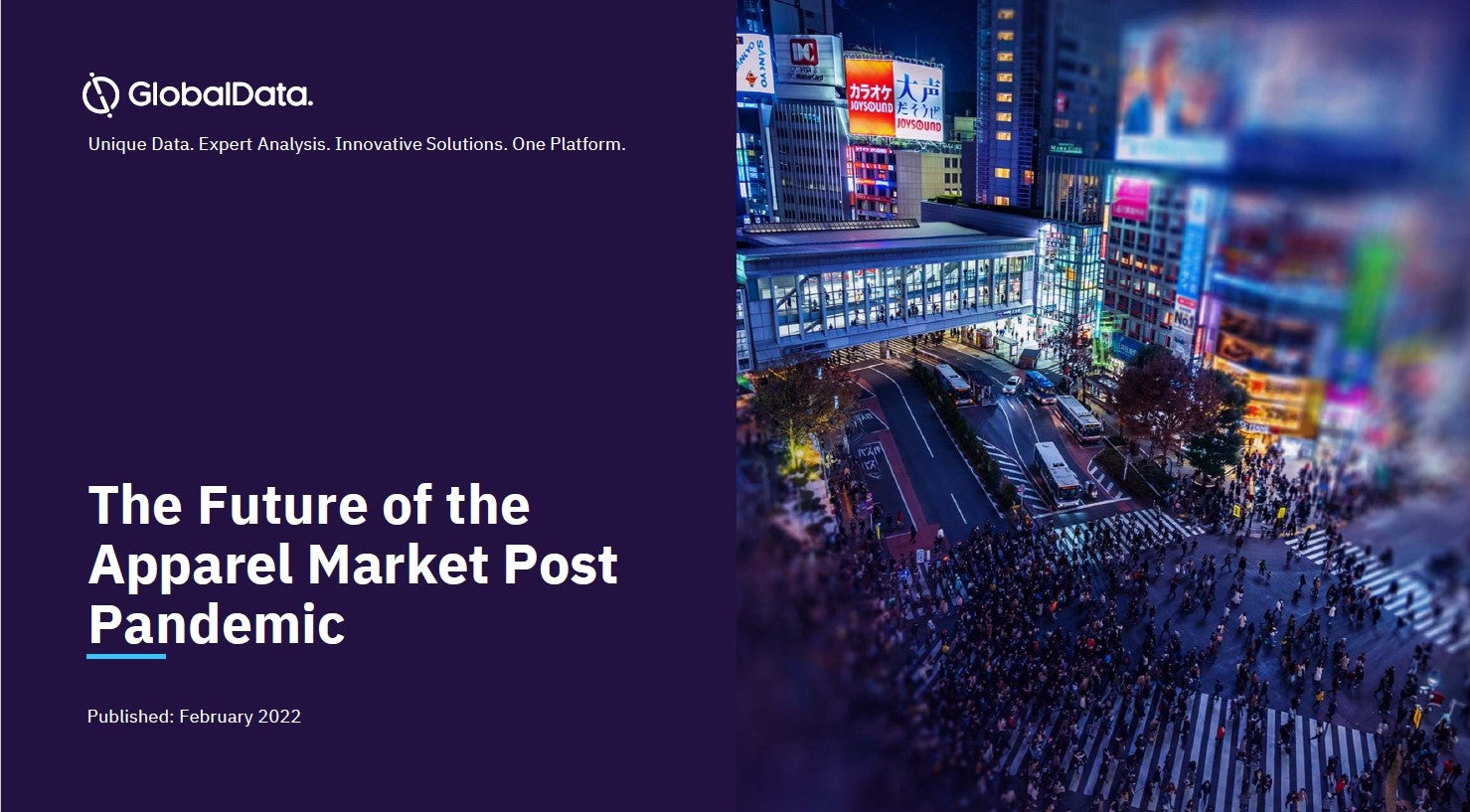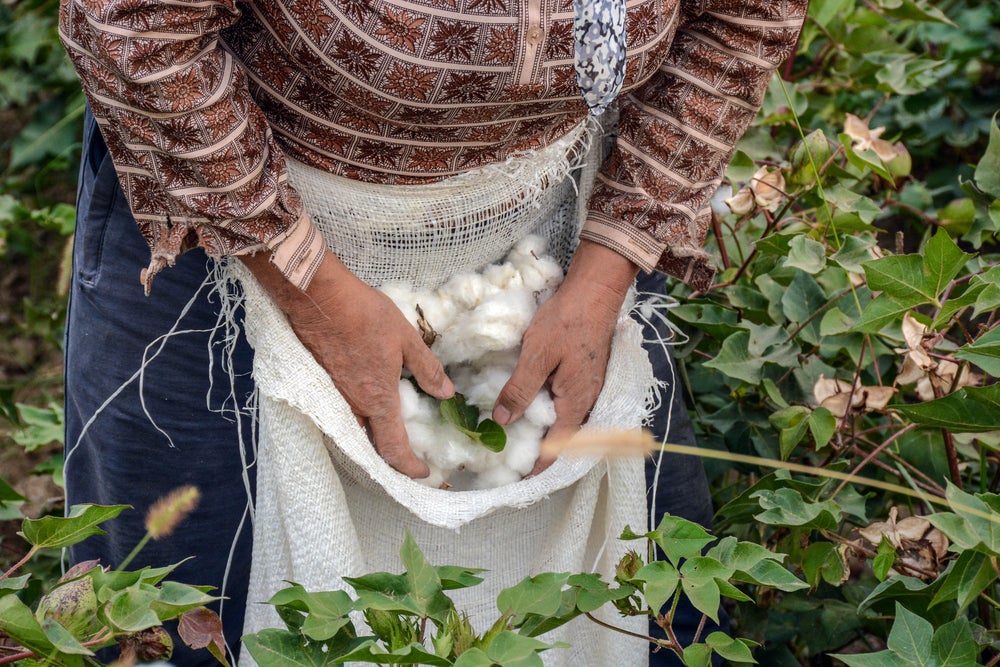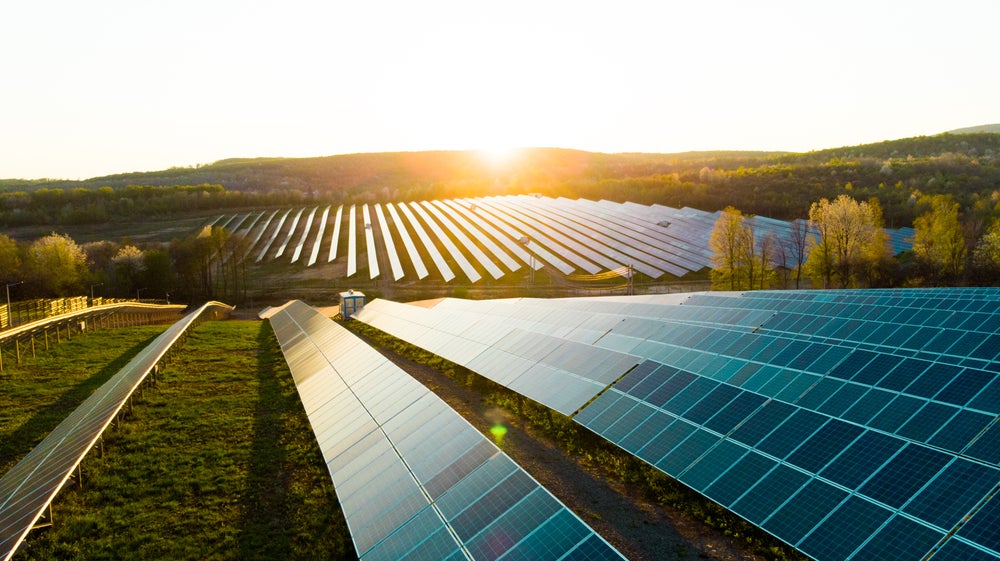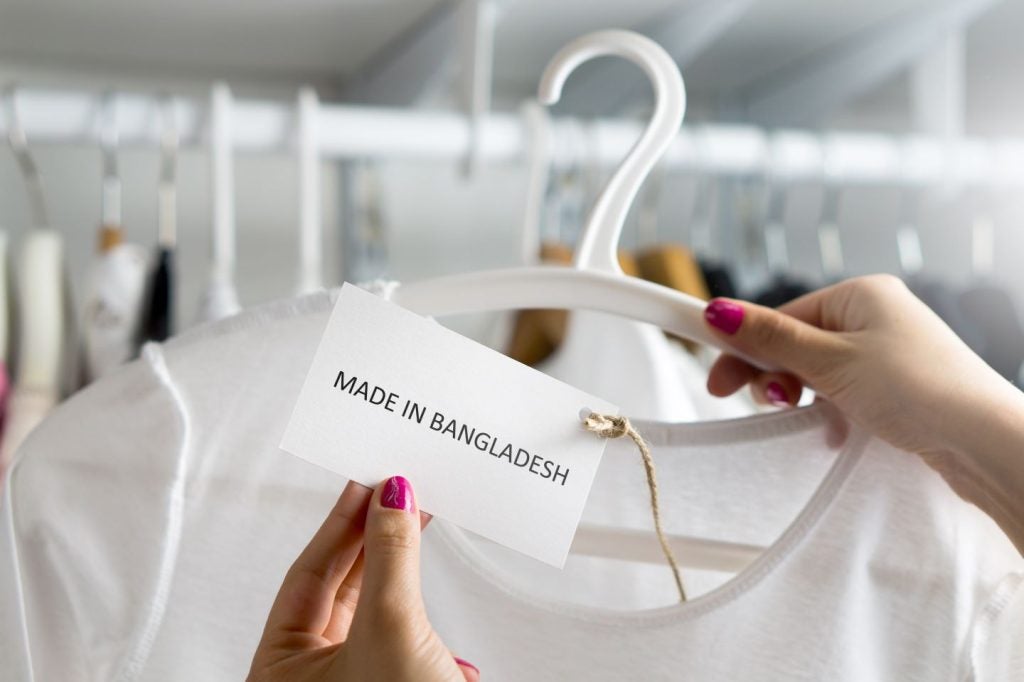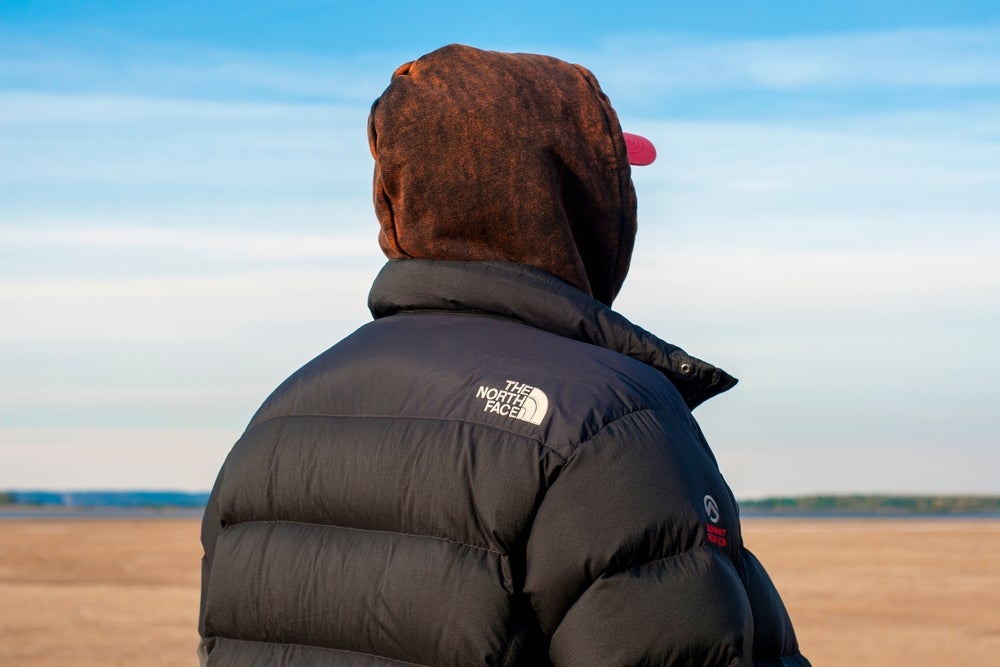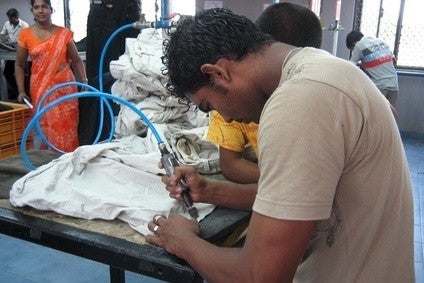
Covid-19 has taken its toll on Sri Lanka’s textile and clothing sector, with exports forecast to plummet 30% in fiscal 2021.
The country’s national clothing industry has revised its estimate from a target of US$5.6bn for the financial year ending March, to US$3.9bn – a drop of US$1.7bn year-on-year for April 2020 to March 2021.
How well do you really know your competitors?
Access the most comprehensive Company Profiles on the market, powered by GlobalData. Save hours of research. Gain competitive edge.

Thank you!
Your download email will arrive shortly
Not ready to buy yet? Download a free sample
We are confident about the unique quality of our Company Profiles. However, we want you to make the most beneficial decision for your business, so we offer a free sample that you can download by submitting the below form
By GlobalDataTuly Cooray, secretary general of Sri Lanka’s Joint Apparel Association Forum (JAAF), says this forecast drop in top line revenue will require “a realignment of capacity” – that will see nearly 100,000 job cuts in the sector.
The gloomy outlook has dispelled an optimistic view before the coronavirus pandemic hit. In the 12 months from January to December last year, Sri Lanka exported US$5.3bn worth of clothing and textiles.
Lockdown limitations
But the coronavirus hit both the supply of materials and export orders. In early March, garment sector raw materials stopped being exported from China, a major supplier of raw material to the island’s clothing industry. And on 19 March, Sri Lanka went into lockdown with an island-wide lockdown – which is still partially in place.
Factories were closed until the end of April. Starting early May most factories reopened, but with just 10-15% of employees due to strict health restrictions imposed by the government, including mandatory face masks, temperature checks for employees and 2-metre distancing.
Also, the lockdown’s easing has been ad-hoc instead of being gradual, and there are days when a country-wide curfew is imposed so no-one can travel to work at all. These restrictions have been coordinated with local health authorities who work with factory management to ensure safety – meaning capacity growth has been slow, but steady.
Consequently “factories can operate at up to 50% of their usual strength now,” Cooray says.
Furthermore, clothing factories were initially only allowed to manufacture urgently needed personal protective equipment (PPE) from 15 April after Sri Lanka’s traditional New Year holiday, until early May. Their ability to respond to these opportunities “all depended on the factories’ ability to get operators and safety checks in place,” Cooray says.
The result saw garment-making initially brought to a “complete standstill.” By the end of March, buyers were cancelling orders anyway and refusing to accept shipments in a crushing blow to cash flows, worsened by clients taking unilateral decisions to extend payment terms across the board. This, combined with delays in companies obtaining promised compensatory funds from the government, heightened the crisis.
Worst still, whilst Sri Lanka’s clothing factories remained shut, plants in Cambodia and Vietnam – key outsourcing competitors – continued to operate, Cooray notes. During this time, clothing buyers continued to place new orders with these competitors, hurting Sri Lanka’s industry even more, he says.
Therefore, some clothing companies have not been able to pay the minimum 50% of wages demanded by the government during the lockdown – for which, in return, the state offered relief measures such as moratoriums on interest payments and delaying ETF and EPF payments (the Employment Provident Fund and Employment Trust Fund, compulsory social security payments).
The industry is now “lobbying for a six-month suspension of EPF and ETF,” which Cooray says: “Will give a short-term boost to both employees and employers.” On a positive note, the government has heeded the industry’s request for a moratorium on interest payments on loans.
Long-term fixes
Going forward, however, the industry needs long-term measures, such as developing Sri Lanka’s backward linkages to be better prepared for such disruptive events in future.
The government needs to incentivise the local textile raw material sector to attract foreign investment from countries such as Japan, Cooray argues. For example, Japanese companies are “relocating out of China” because of rising costs, and Sri Lanka can grab this opportunity, he says.
Currently under-utilised free trade zones, such as Hambantota Industrial Zone in southern Sri Lanka, run under the country’s Board of Investment, could accommodate Japanese companies.
Such developments would build on recent investments to reduce import requirements, such as the opening last year of the Eravur Textile Park, in Batticaloa in eastern Sri Lanka, to host fabric-manufacturing units. But nationwide, Sri Lankan upstream textile capacity is too small, according to Cooray, who says its expansion needs to be “pursued rigorously.”
Sri Lanka is long-recognised as a pioneer in innovation and sustainability, with manufacturing giant Hirdaramani Group one of those championing the cause. Group director Nikhil Hirdaramani recently told just-style he believes this track record will be key as the world adjusts to the new normal post-pandemic, with sustainability one of the key pillars of doing business.

